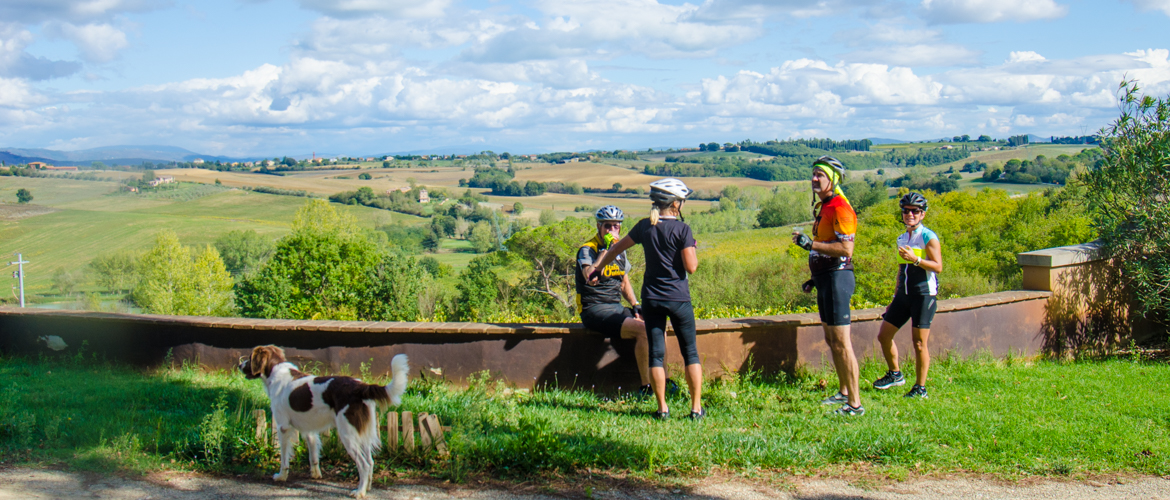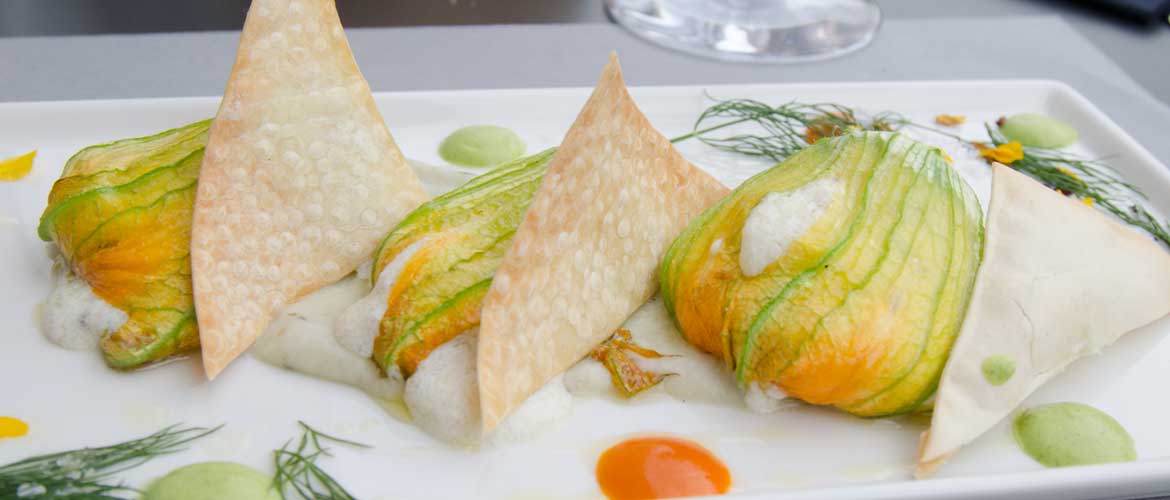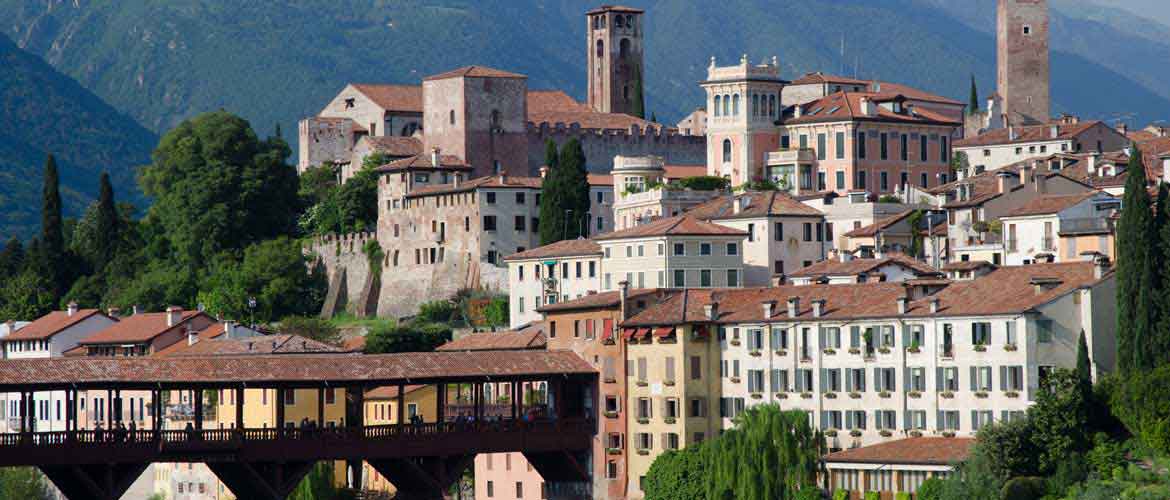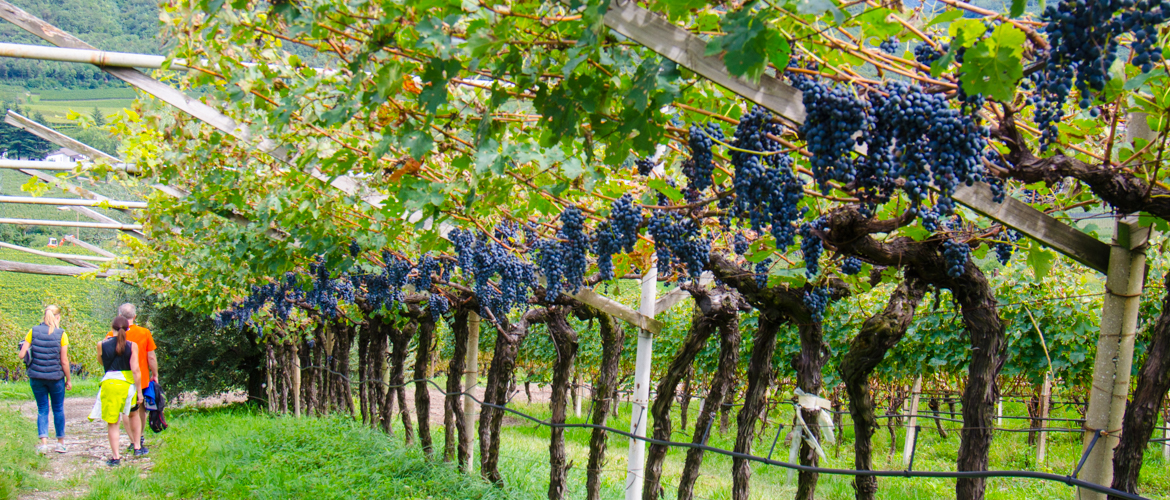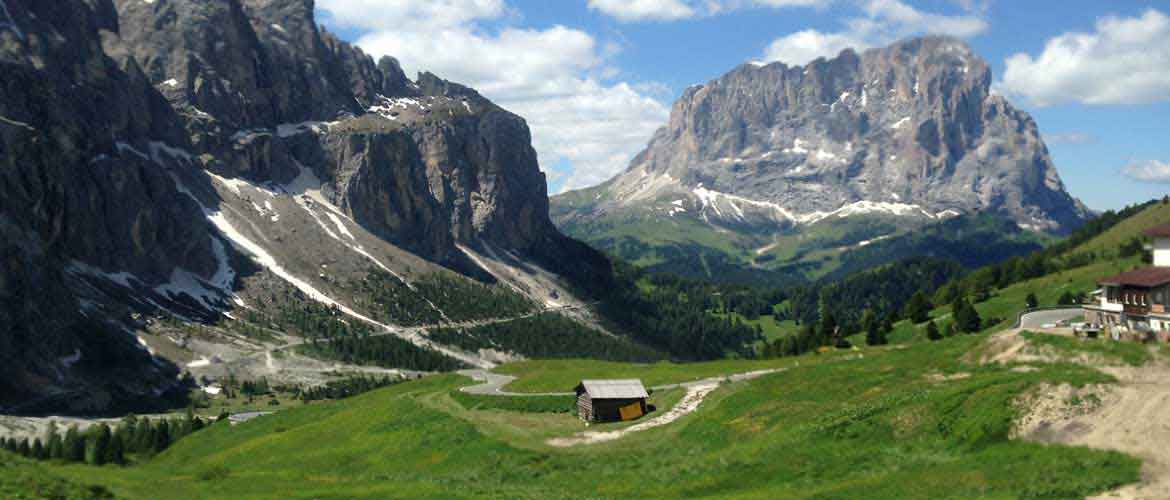This is a traditional Veneto cheese with, as often happens, various stories behind the origins. Some experts claim this cheese has ancient origins, dating back to time when the oil used to treat the outer rind was hard to come by. The cheesemakers instead used grape must during the months of September through November.
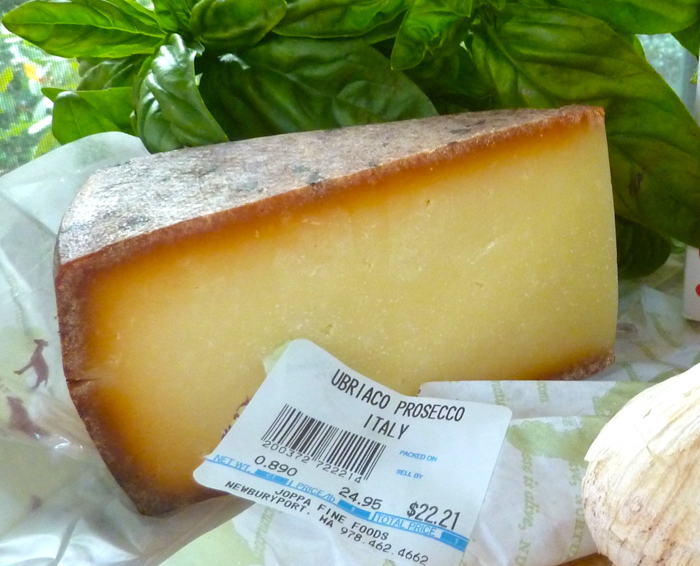
Others claim the method of ubriacatura - literally “making the cheese drunk” - was invented by farmers at the time of the defeat of Italian forces at Caporetto in WW1, to hide their precious reserves of cheese from the Austro-Hungarian troops.
This is a cooked cow’s milk cheese, with the curd either brined or salted using a mixture of dry-salting and brine. The twenty-day old rinds are placed under fresh pomace from a variety of grapes - raboso, cabernet, merlot, or even prosecco and passito. While the cheese is being steeped, it takes on a characteristic color: straw-yellow in the case of white grapes, purple in the case of red grapes. For two days they stay in the pomace, and are continually sprinkled with wine from the press. It can be served at this stage, or matured for another one to two months.
This cheese is firm bodied, with a winey aroma (not surprisingly), and invitingly rich and tangy.





